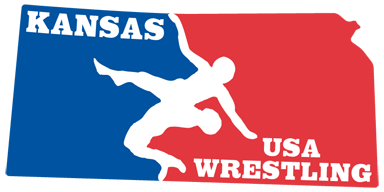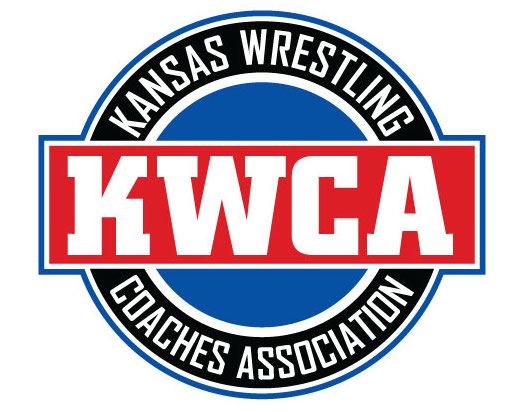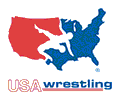Story of Cornell College Will Never get Old - 1947 NCAA Mat Champions Published: June 03, 2007 01:38 am
Stillwater NewsPress
Story of tiny Cornell College will never get old
• 1947 NCAA mat champions
Roger Moore - NewsPress
With some of collegiate wrestling’s best coming home from World War II in 1945 and ’46, coaches at some of the major programs didn’t hit the recruiting trail as hard.
Powerhouse Oklahoma State and head coach Art Griffith was among them. David Arndt won NCAA titles in 1941 and ’42 and returned to Stillwater to win a third in 1946. The Cowboys won the six NCAA team championships before WWII and the first one after, in 1946. A lot of 23- and 25-year olds were competing on college mats at the time.
Meanwhile, the coach of a very small program in Iowa had other ideas. Paul Scott was in charge of Cornell College, and the man large in know-how but small in stature was building a team that could challenge the big boys of college wrestling.
“Two-thirds of the guys on that team had never seen a wrestling mat,” said Richard Small, one of the 10 Cornell team members honored at the National Wrestling Hall of Fame Honors Weekend for 2007. “We had a nucleus of three guys who came from Waterloo West, but most of us were just hard-nosed country boys.”
At the 1947 NCAA Championships in Illinois, Cornell’s Dick Hauser pinned OSU’s Bill Jerrigan in the 121-pound finals, while teammate Lowell Lange beat OSU’s Nathan Bauer for the 136-pound gold.
Longtime Oregon State coach Dale Thomas was third at 175 pounds; Fred Baxter was third at 165; Rodger Snook second at 145; and Theo Thomson third at 128.
Eight weight classes saw six top four finishes for Cornell, who beat Northern Iowa and O-State for the top prize.
“I came to school to play basketball, but got cut from the team,” said Ben O’Dell. “Coach was looking for some country boys that he could teach to wrestle. We were all just a bunch of farm boys. I went in the Marines a private and came out a captain and there are so many things I learned from Coach that helped me get through that stuff.
“It’s a lot like some of the stuff you hear about (former Green Bay Packer) Coach (Vince) Lombardi. So many of his guys went on to be successful at whatever they did due to the stuff they learned when they were young men.
“It’s the same for a lot of guys on that team.”
Added O’Dell, “I know a lot of the guys hated to go home this weekend. When you are 80 you tend to go to bed earlier, but everybody stayed up a little later on Friday night.”
The NWHOF inducted four distinguished members — Barry Davis, Greg Gibson, Larry Kristoff and Bill Weick — but the Cornell reunion was the talk of the weekend. Friday night’s festivities included a video and the story of Cornell College is being turned into a book. Someday perhaps wrestling’s version of “Hoosiers” will be produced.
Winning the title in 1947 was no fluke. Scott’s troops finished third in 1949 and 1950 at the NCAAs, with the 1950 meet held at Northern Iowa.
“It was a great group of guys with a great leader,” said Linn “Bear” Stiles, who spent long hours in the car driving to NCAA tournaments with Thomas and Scott for almost 30 years. “That was my fishing trip every year, going to the tournament.
“What (Scott) taught you was to keep plowing along. When you work out with national champs every day you have to be stubborn, never give up. He gave you that drive, that attitude to keep fighting when things were tough.”
“He was head and shoulders above every wrestling coach at the time,” said O’Dell. “Even though he was just 5-foot-4, he’d get you ready to go out and wrestle a 250-pounder when you weighed just 190. You take that into your life.
“There isn’t a college course you can take to compare to the types of things (Coach) taught you.”
From time to time, a George Mason steps up in basketball or a Boise State in football. College wrestling has seen just five programs — OSU, Iowa, Iowa State, Oklahoma and Minnesota — win more than one NCAA title. Arizona State, Indiana, Michigan State, Northern Iowa and Penn State have all won once.
None have had an enrollment of 600.
“Something like that will never happen again,” added Small, a 165-pounder. “It’s the smallest school to ever win in any sport. It really was unbelievable at the time.”
Sixty years later it still is.







